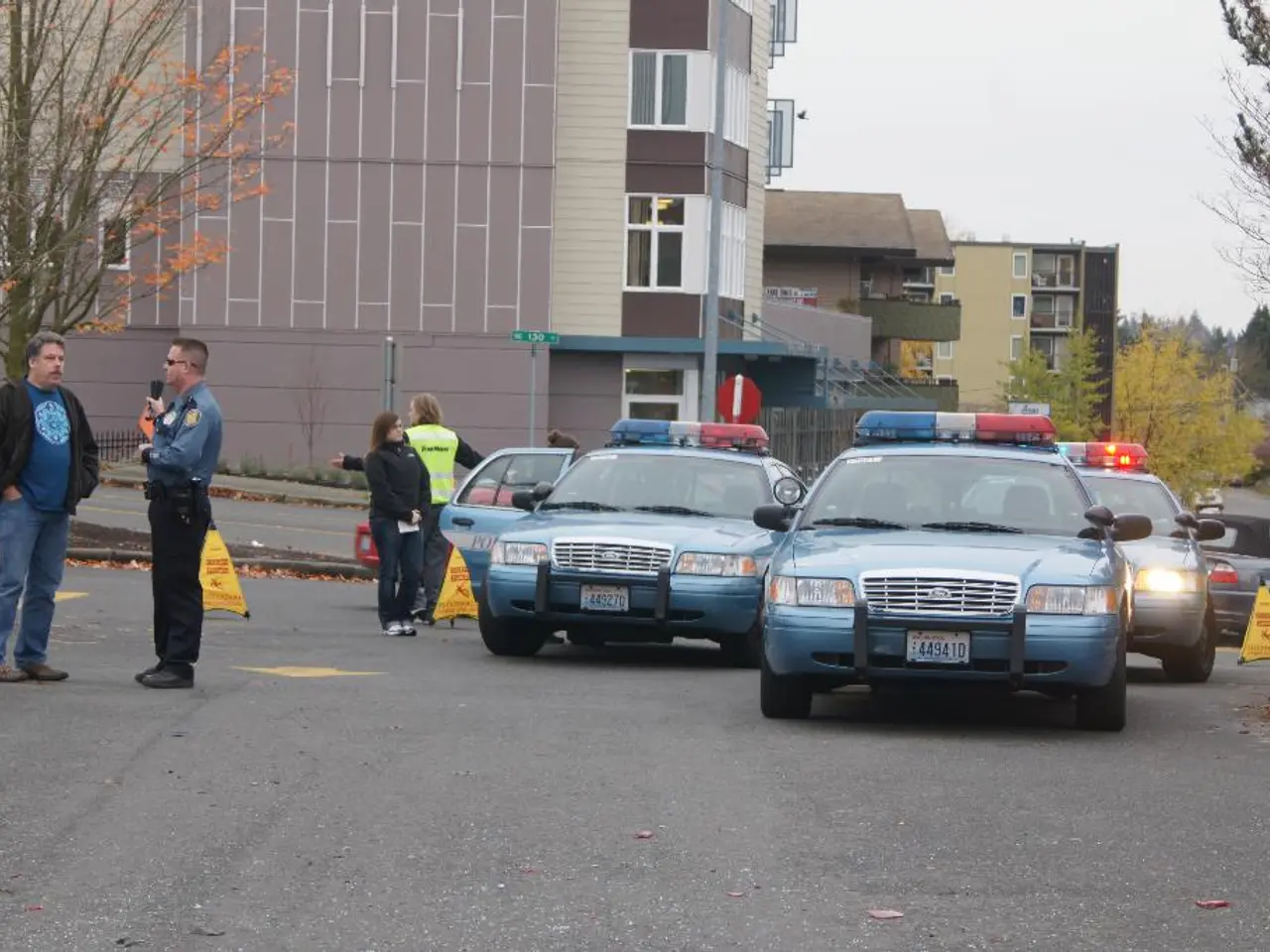Alaska's tsunami warning was abruptly terminated by U.S. authorities within a span of two hours.
## Alaska Earthquake Triggers Tsunami Warning and Aftershocks
On July 16, 2025, a magnitude 7.3 earthquake struck off the coast of Alaska, approximately 55 miles south of Sand Point. The seismic event has been linked to the ongoing aftershock sequence following the 2020 M7.8 Simeonof Earthquake in the same region.
### Aftershock Sequence
Within the first three hours, over 40 aftershocks were detected, with the strongest measuring a magnitude of 5.2. The USGS Aftershock Forecast indicates that at least one magnitude 6 or greater aftershock is possible in the next week, with smaller earthquakes highly likely to continue. While no significant damage has been reported from the primary earthquake or its aftershocks, residents are advised to remain cautious given the ongoing seismic activity.
### Tsunami Advisory
Following the earthquake, a tsunami warning was initially issued by the National Tsunami Warning Center (NTWC). However, the warning was later downgraded to an advisory and then canceled. A minor tsunami was observed at Sand Point, peaking at about 0.1 meters (0.3 feet). Despite no major waves being reported, some areas implemented evacuations as a precaution.
### Ongoing Seismic Activity
The region remains seismically active, having experienced five earthquakes of magnitude 7 or greater over the past five years. This heightened activity is part of the Pacific Ring of Fire, which is known for its seismic events. As such, residents and visitors are advised to remain vigilant and follow any instructions from local authorities regarding future aftershocks and potential tsunami advisories.
Meanwhile, experts have warned that such aftershocks could continue for weeks and maintain potential danger.
### Previous Earthquake Off Papua New Guinea
In April, an earthquake of magnitude 7.1 occurred off the coast of the New Britain region in Papua New Guinea. Contrary to initial concerns, no evacuations or warnings were issued for coastal areas in Papua New Guinea following the April 4 earthquake. The NTWC did not confirm the formation of a tsunami, and no tsunami threat was declared.
### Evacuations and Warnings
In the event of a tsunami warning, residents are advised to move to higher ground, as was the case for a local resident named Lauren Kodjay, who evacuated from the city center to a safe zone after receiving a warning on her phone. Partial evacuations were carried out in coastal areas due to the tsunami warning.
The NTWC, a part of the U.S. National Weather Service, plays a crucial role in monitoring seismic activity and issuing warnings to protect coastal communities.
Politics can be influenced by the ongoing seismic activity in the Pacific Ring of Fire, with potential tsunami advisories and aftershocks impacting coastal communities. General news outlets should cover these events to keep citizens informed about necessary precautions and evacuation procedures.








